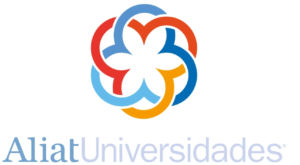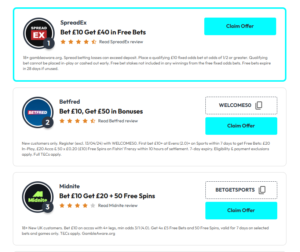In this section, I will place the most relevant projects, the most recent ones, or those that I consider should be here. I will leave some others for the blog section, as well as some proofs of concept that did not see the light or evolved into other projects.
SmartG was an ERP developed for XL Catlin. Its main functions are:

I developed an automated process using UIPath to send the information from SmartG straight to the legacy system (Genius), this system was not discontinued with the new system and people still needed to register the insurance policy there, this was very time consuming but with the automation the time was reduced from 2 hours to just 15 minutes and without any user interaction.
This was never put into production since XL Catlin was bought by AXA Seguros but the knowledge I got was very helpful and really fun to work with UIPath.
A self-service web application was created for the company’s employees. The objective was to create personalized institutional letters without having to go to the human resources section. This allows the letters to be generated instantly. Prior to creating the application, it could take up to one week to obtain the document.
January 2019 – June 2020

To create the letters, information was obtained by searching for the employee within the legacy systems using their ID, which was obtained when logging into the system. We used a SAML server provided by the company to authenticate the employee. This ensured that the information provided to us by the REST service was what we needed to include in the documents. Some examples of the information provided are: name, address, position, immediate boss, etc.
The purpose of this project was to create a chatbot that would help employees with recurring topics in their visits to human resources (vacations, benefits, start times, events, etc.). Using the Google framework (Dialogflow), the chatbot could answer the employee, redirect them to the corresponding websites, or indicate procedures through slides or documents related to the topic that the user asked about.
August 2019 – December 2019

Many iterations were needed to correct the questions that the chatbot could not answer and to achieve an acceptable operational level. The system generated reports indicating user activity (questions asked, time spent interacting with the chatbot, etc.). If the system detected a question that the chatbot could not answer, an email was sent to the HR area for analysis and a possible solution.
One of the benefits for employees is attending training courses provided by the company. They register on a page and attend on the day and time indicated. The application had to cover these two areas:
For employees: Be able to receive alerts about their upcoming training, complete satisfaction surveys, and see their progress on a map that indicates how many courses they have taken.
For the trainers: Be able to confirm the attendance of the employees through a QR code generated on the employees’ cell phones. The trainer could verify the identity of the employee, as it showed a photo, eliminating the possibility of another person attending the course. If, for some reason, the cell phone or app was not available at that time, an additional QR code provided on the employees’ credentials must be presented to achieve the same purpose.
December 2019 – March 2020

Due to the COVID-19 pandemic, this project never saw the light of day. In-person groups were no longer an option, and other alternatives were sought to train employees.
A+ was a set of applications developed for ALIAT Universities that served different areas and processes, centralizing the information and sending it to the different existing legacy systems to maintain the consistency of the data concerning the students. The solutions presented by A+ are:
Subject Link: Based on the class scheduling projection, the system took all the students who were candidates for enrollment and assigned them into groups automatically, considering different parameters such as maximum and minimum capacity, students’ failed subjects, recourses, consistency of groups, etc.
Equivalencies: Provides an equivalency option to a prospect given a grade history from another educational institution. It also includes students who have dropped out of university and want to return to study.
Document Recovery: Automatically sends document debit reminders through different channels (WhatsApp, SMS, email, push notifications).
May 2021 – April 2022

If we compare the processes that A+ currently has with its manual counterpart, we can observe a 180-degree turn in terms of time and effort. Here are some advantages of the implementation::
I was fortunate to work with this platform, which operates based on recipes. These recipes can contain code, connectors with other platforms, or custom connectors. The purpose of the recipes is to increase the efficiency of companies by reducing the workload and interconnecting systems to automate tasks.
I worked on the development of a project called Dynamic Offers Engine (DOE), whose purpose was to take information from one system (Salesforce) and migrate it to another (Kevel) to create ads with betting offers, which are displayed on important websites.
Additionally, I debugged some other projects that other teams developed on the platform, such as sending information between databases and APIs that provide information.
December 2022 – November 2024
The DOE system was able to provide the editors of betting websites with multiple offer templates, which could be included in the articles they wrote to invite readers to place a bet, take advantage of a subscription promotion, etc. The templates varied in colors, sizes, and content. They could be translated into different languages, arranged in lists—in short, as the name indicates, the purpose is to dynamically have the best offer depending on the content that the editor needed at that moment.

This project used technologies such as Node.js, JavaScript, and the creation of specialized APIs, among others. It also includes an app that I developed, which allows updating the entire network of offers without using Workato. Since Workato is a software as a service, the more it is used, the more it costs. This app is developed in Node.js and can be run on an AWS Lambda, significantly reducing the operating cost.